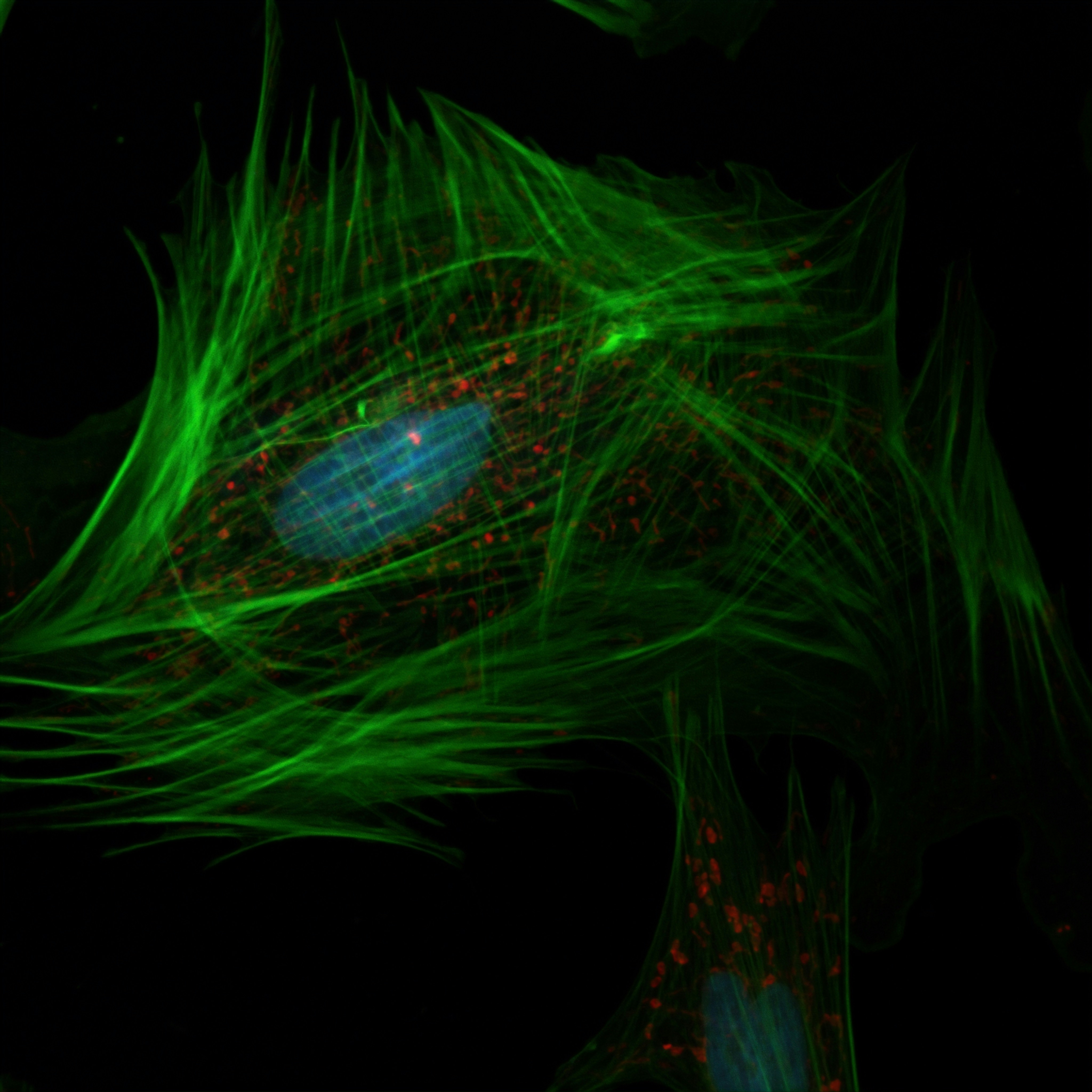What is Subcellular Function Prediction?
Subcellular function prediction refers to the use of computational tools and methods to determine the specific cellular compartments where proteins or genes exert their functions.
Identifying these compartments is crucial because it provides insights into the biological roles of various genes within an organism. This process often relies on bioinformatics techniques that analyze sequences and structures to predict subcellular localization.
Subcellular Localization Overview
| Cellular Compartment | Function | Typical Proteins Found | Localization Signals |
|---|---|---|---|
| Nucleus | DNA storage, transcription regulation | Transcription factors, histones | Nuclear localization signal (NLS) |
| Mitochondria | ATP production, apoptosis | Cytochrome c, ATP synthase | Mitochondrial targeting sequence (MTS) |
| Chloroplast (plants) | Photosynthesis, pigment synthesis | Rubisco, chlorophyll-binding proteins | Chloroplast transit peptide |
| Endoplasmic Reticulum | Protein folding, lipid synthesis | Chaperones, signal peptidases | Signal peptide |
| Golgi Apparatus | Protein modification and sorting | Glycosyltransferases, sorting receptors | Golgi retention signals |
| Plasma Membrane | Signal transduction, transport | Receptors, ion channels | Transmembrane domains |
| Cytoplasm | Metabolic reactions, protein synthesis | Enzymes, ribosomes | Lack of organelle-specific signals |
| Peroxisome | Fatty acid oxidation, detoxification | Catalase, peroxins | Peroxisomal targeting signal (PTS1/PTS2) |
| Vacuole/Lysosome | Degradation, storage | Hydrolases, transporters | Vacuolar/lysosomal targeting signals |
The Importance of Function Characterization
Function characterization of genes is a core aspect of molecular biology. It involves understanding how a gene contributes to the organism’s overall physiology and its role in biological pathways. This characterization helps researchers draw connections between genes and observed phenotypes, thereby facilitating the comprehension of complex biological systems.
Methods of Prediction and Characterization
Various methods exist for predicting subcellular functions and characterizing gene functionality. These include machine learning algorithms, sequence alignment tools, and experimental techniques like gene knockouts. Integrating predictive models with experimental data greatly enhances the accuracy of function predictions, allowing scientists to construct reliable models of gene activity.


